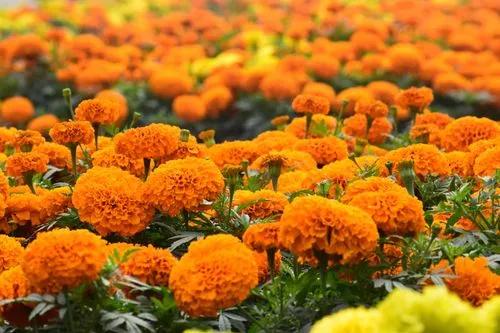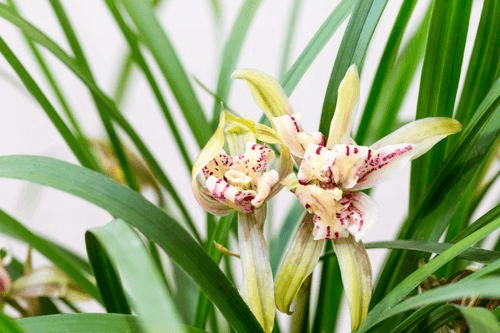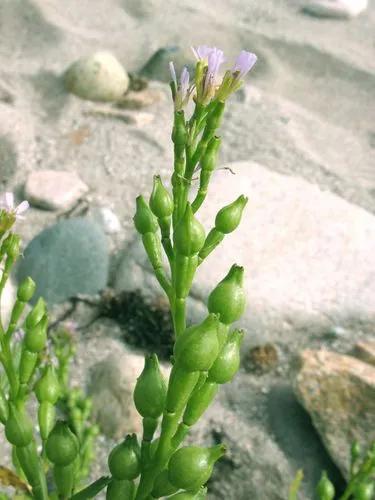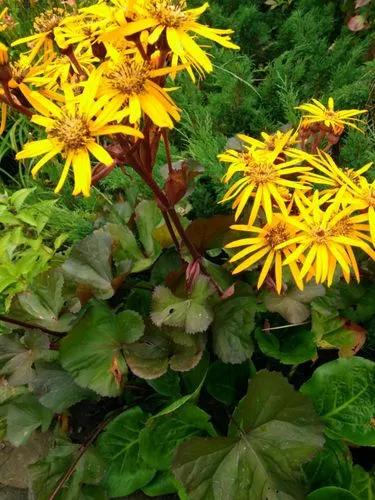Malosma laurina is a large, rounded evergreen shrub or small tree growing 3 to 5 meters (10–15 feet) tall. The leaves have a taco shell shape. When flattened, they have the shape of laurel leaves, with lance-shaped leaf blades up to 10 cm (4") long. The tips of the stems, little stem attaching the leaf to the stems (petiole), the veins of the leaves, and the edges of the leaves, are a glowing reddish color all year long.
Laurel Sumac Care
Malosma Laurina



How to Care for the Plant

Water

Water laurel sumac regularly throughout the first growing season. Thereafter, supplemental irrigation is needed only when summers are particularly hot and dry.

Pruning

The plant can be pruned up as a small tree, and yearly fall trimming will keep it from getting rangy. Old shrubs can even be cut back hard (even coppiced) to rejuvenate them.

Fertilizer

Laurel sumac generally requires no fertilizer. If growth seems weak, provide a general-purpose fertilizer once every year. Don't fertilize in late summer or fall.

Sunlight

Best grown in full sun to part shade.

Soil

Moist but well-drained soil.

Temperature

Avoid low temperatures

Popularity

185 people already have this plant 29 people have added this plant to their wishlists
Discover more plants with the list below
Popular articles






